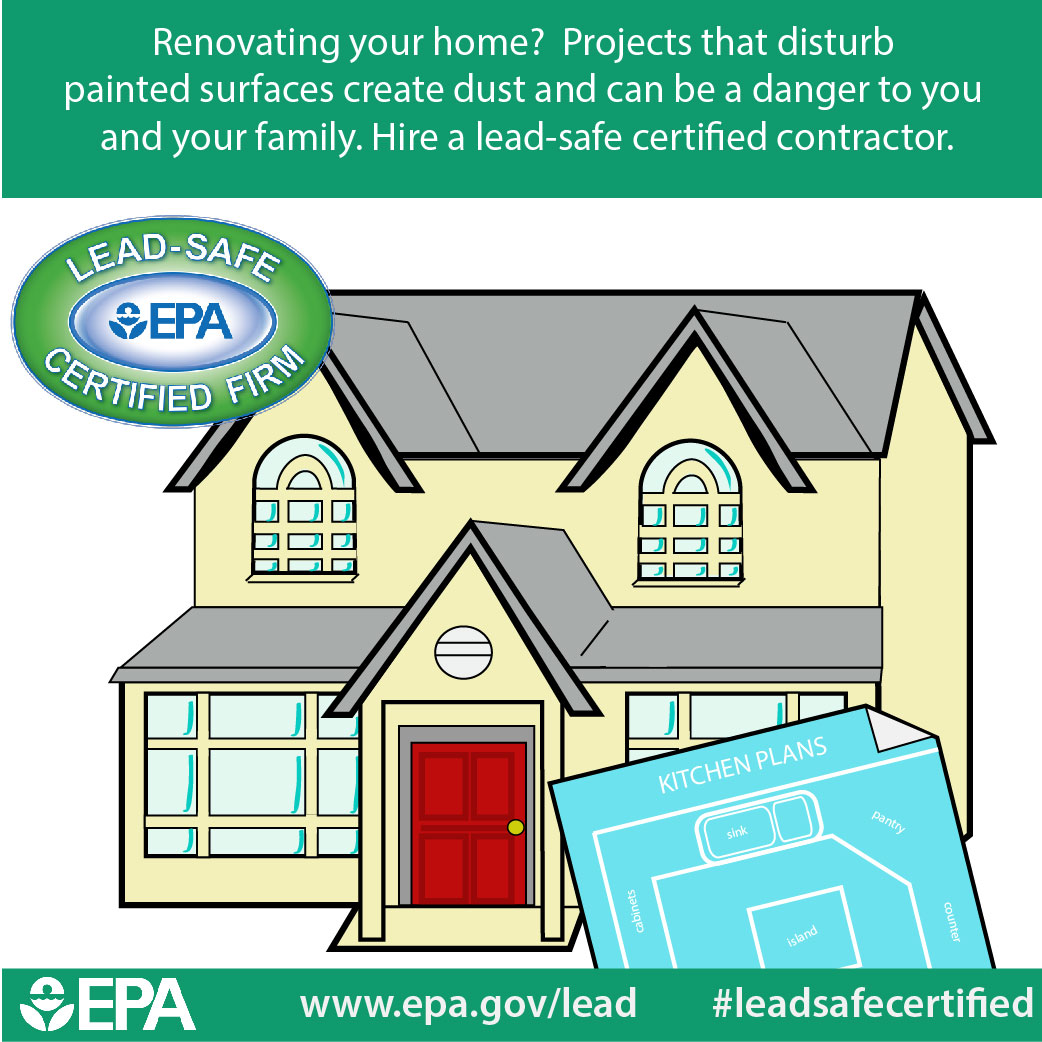Comprehending Seasonal Influences On Commercial Outside Painting: Important Expertise For Success
Comprehending Seasonal Influences On Commercial Outside Painting: Important Expertise For Success
Blog Article
Authored By-Burnham Chaney
When you're preparing a commercial external painting project, seasonal elements can make or damage your outcomes. You'll intend to take into consideration exactly how temperature and moisture impact paint application and drying times. Selecting the ideal period can ensure your paint adheres properly and lasts much longer. But which seasons are truly the very best for this kind of work? Allow's explore the key elements that can impact your job's success.
The Effect of Temperature Level on Paint Application
When you're preparing a commercial external paint project, the temperature can substantially impact how well the paint adheres and dries.
Ideally, you intend to repaint when temperatures vary in between 50 ° F and 85 ° F. If it's also cool, the paint might not cure correctly, leading to problems like peeling or breaking.
On the other side, if it's also hot, the paint can dry out as well promptly, preventing correct attachment and resulting in an unequal finish.
You ought to additionally think about the moment of day; morning or late afternoon offers cooler temperature levels, which can be a lot more positive.
Always inspect the supplier's referrals for the particular paint you're utilizing, as they frequently offer support on the suitable temperature level range for optimum results.
Moisture and Its Effect on Drying Times
Temperature isn't the only environmental aspect that influences your commercial exterior paint job; humidity plays a significant function too. High moisture levels can decrease drying out times dramatically, affecting the overall quality of your paint job.
When the air is saturated with moisture, the paint takes longer to cure, which can result in problems like inadequate attachment and a greater danger of mold development. If https://smalljobpaintersnearme06062.blogs100.com/35552646/tips-for-getting-optimal-results-with-your-paint-service-provider on a particularly damp day, be planned for extensive delay times in between layers.
It's important to monitor local weather conditions and strategy appropriately. Preferably, aim for moisture levels between 40% and 70% for optimal drying.
Keeping these consider mind guarantees your job stays on track and delivers a long-term surface.
Best Seasons for Commercial Exterior Paint Projects
What's the most effective time of year for your commercial external painting jobs?
Springtime and very early fall are normally your best options. Throughout these periods, temperature levels are light, and moisture levels are often lower, developing excellent problems for paint application and drying out.
Stay clear of summer's intense heat, which can cause paint to completely dry as well promptly, causing poor attachment and surface. Similarly, learn the facts here now can hinder proper drying out and treating, risking the longevity of your paint work.
Aim for days with temperatures between 50 ° F and 85 ° F for optimal results. Keep in mind to check the local weather forecast for rain, as wet conditions can spoil your project.
Planning around these factors ensures your paint job runs smoothly and lasts longer.
Conclusion
In conclusion, preparing your industrial outside painting jobs around seasonal considerations can make a considerable distinction in the outcome. By scheduling job throughout the perfect temperature levels and humidity degrees, you'll make certain better adhesion and drying out times. Keep in https://www.gearbrain.com/house-paint-apps-virtually-test-2646874788.html to keep an eye on local weather prediction and choose the correct time of year-- springtime and early autumn are your best bets. Taking these actions will certainly help you achieve a resilient and expert coating that lasts.
